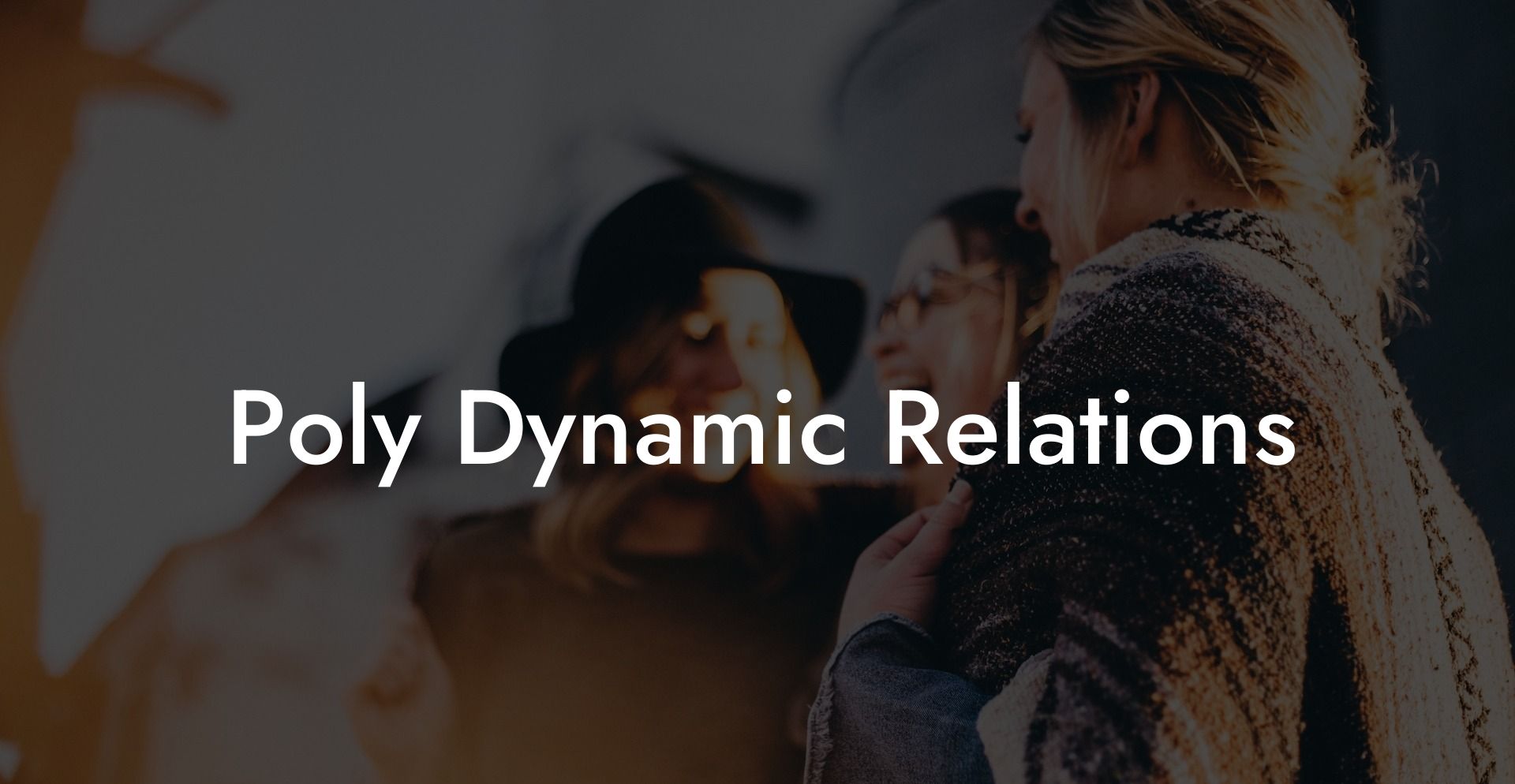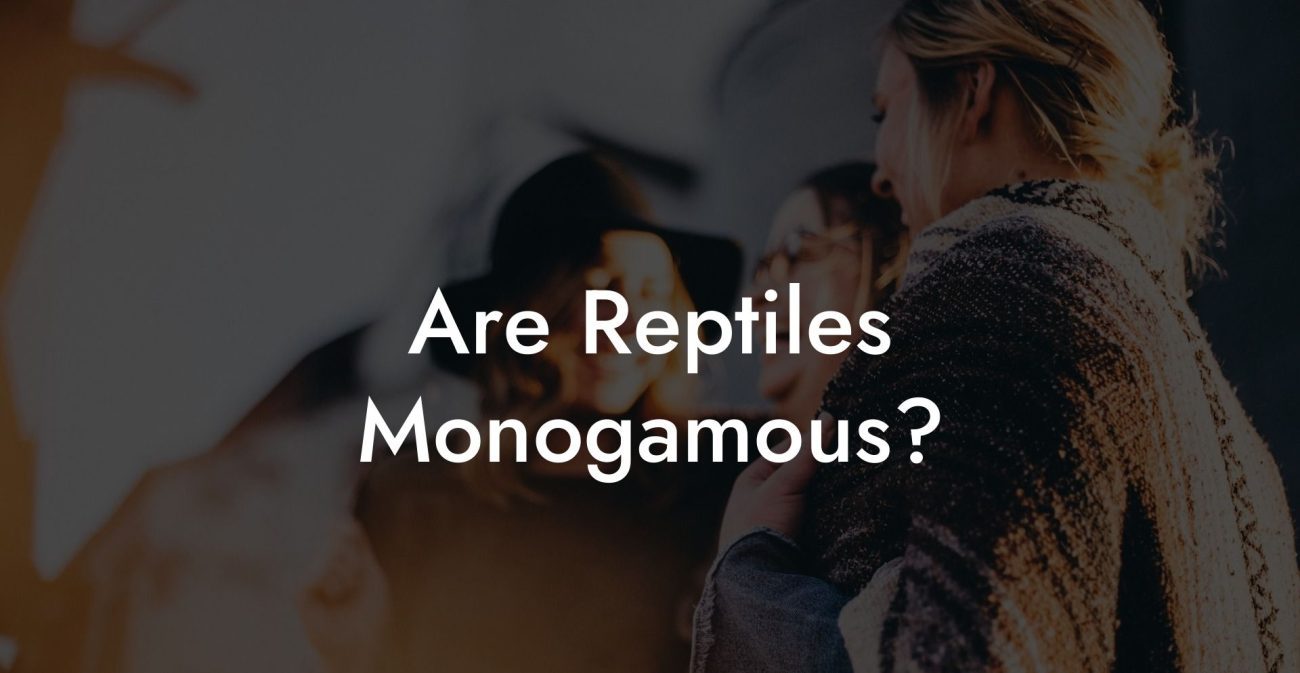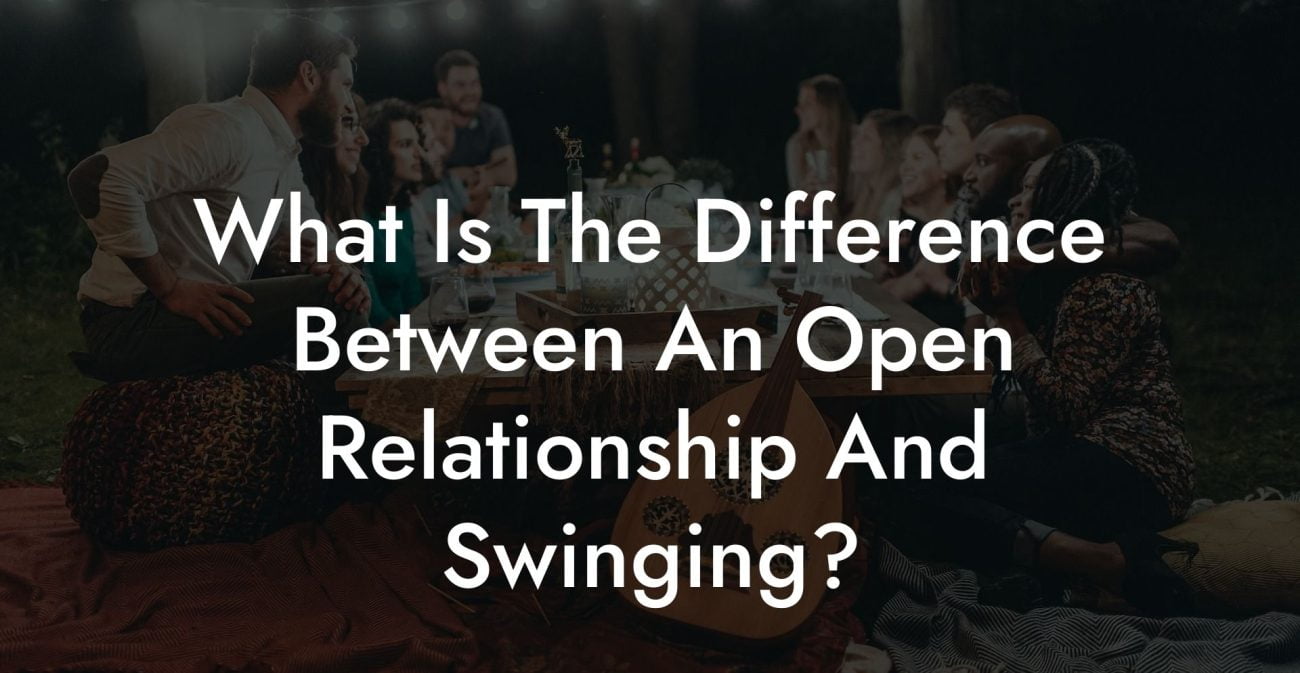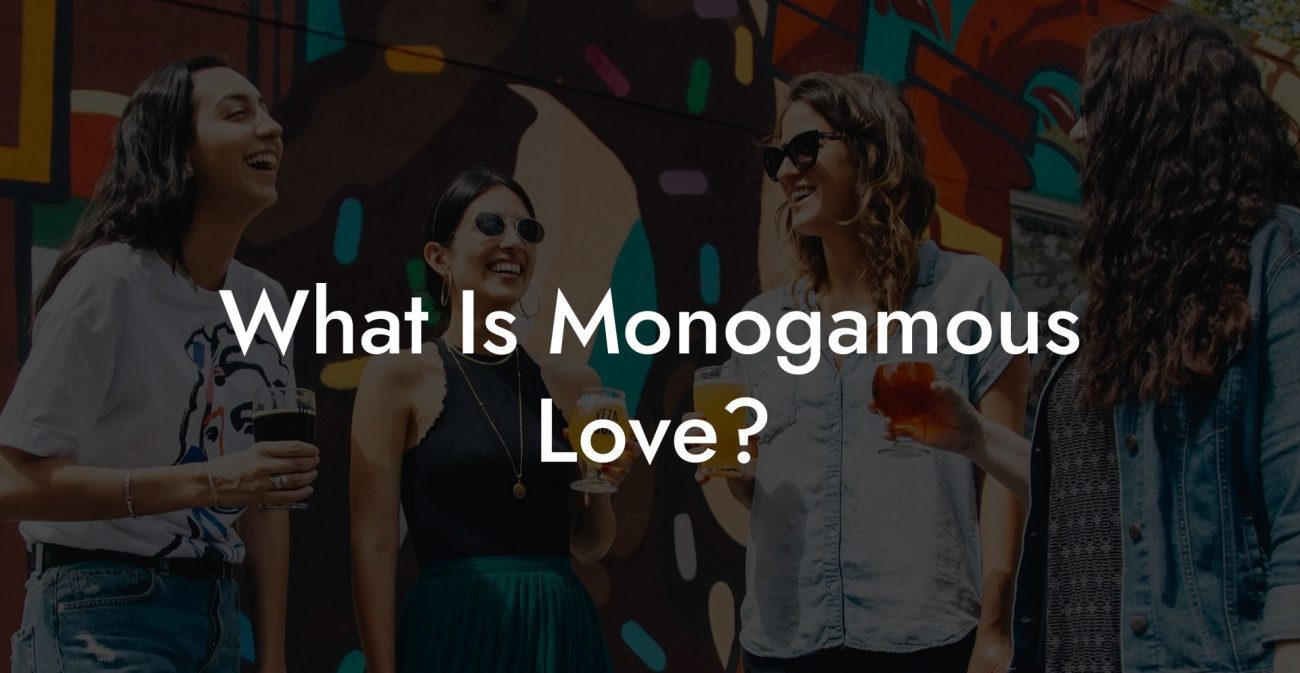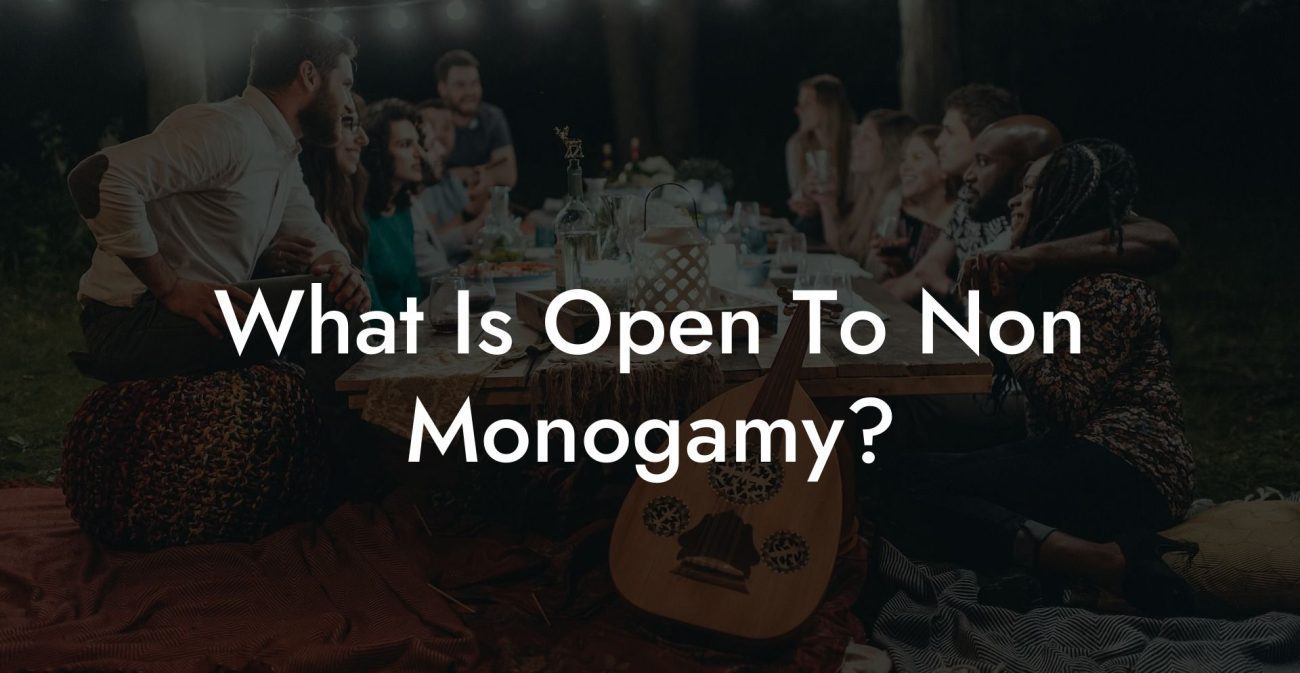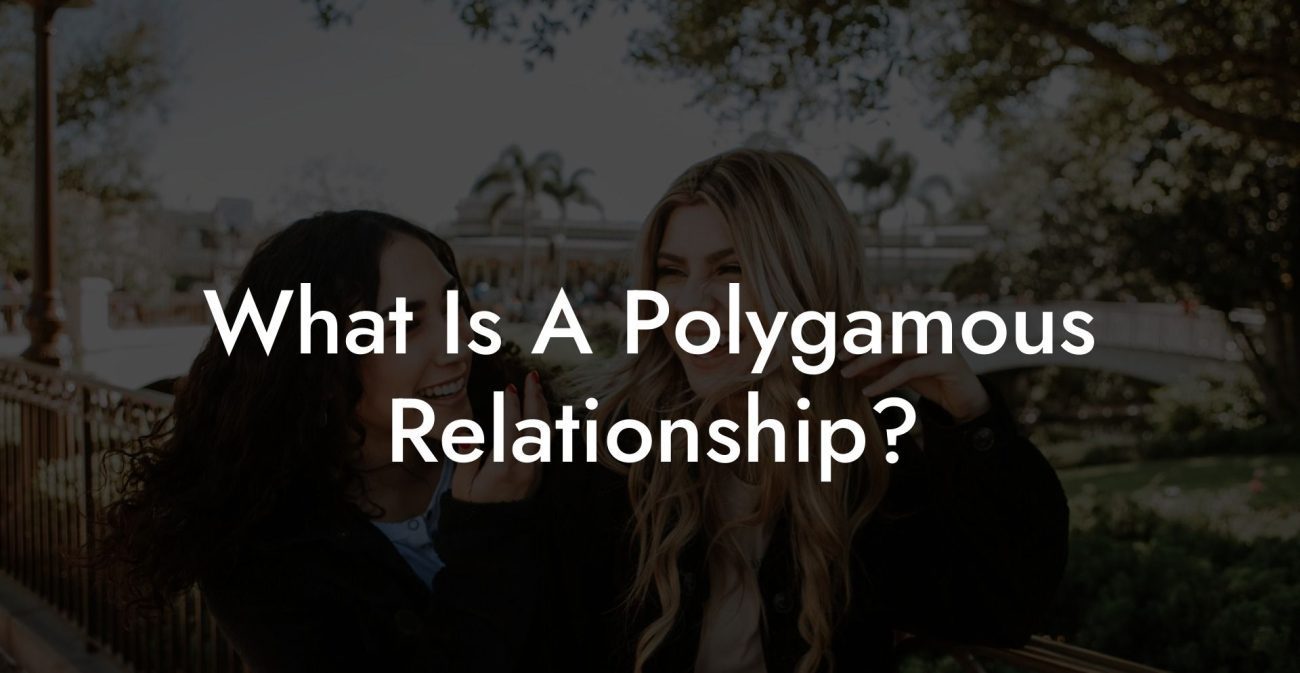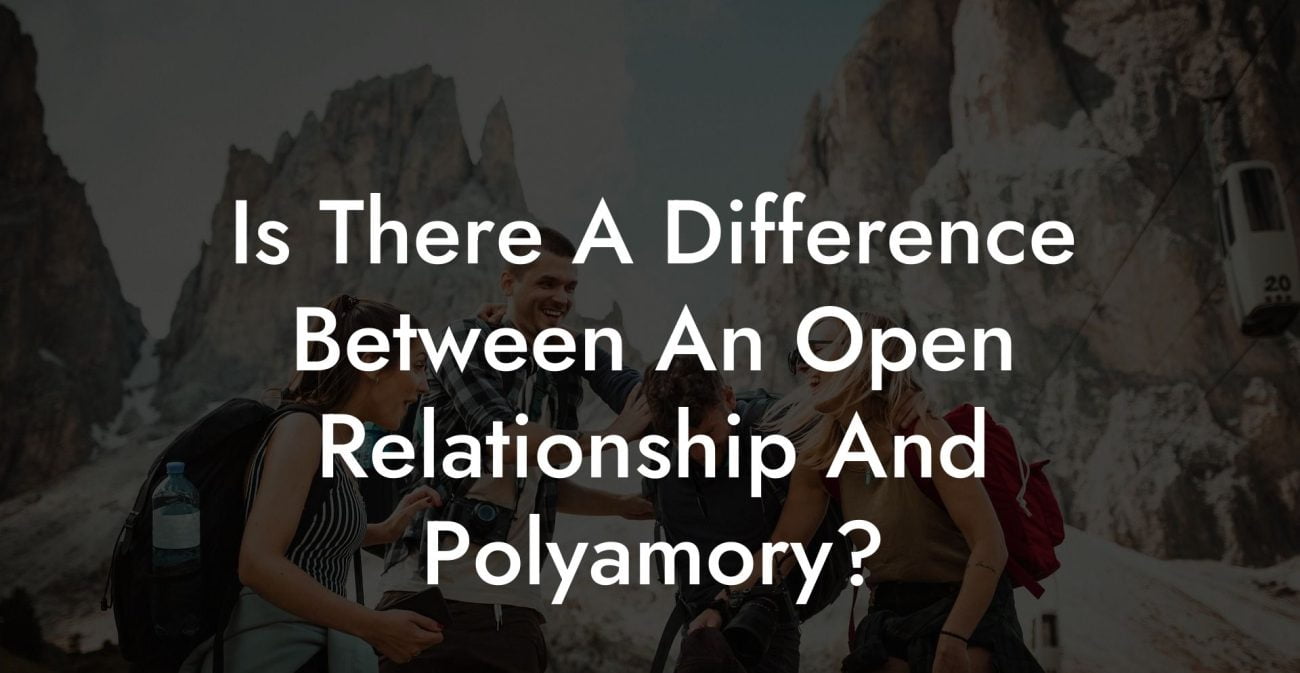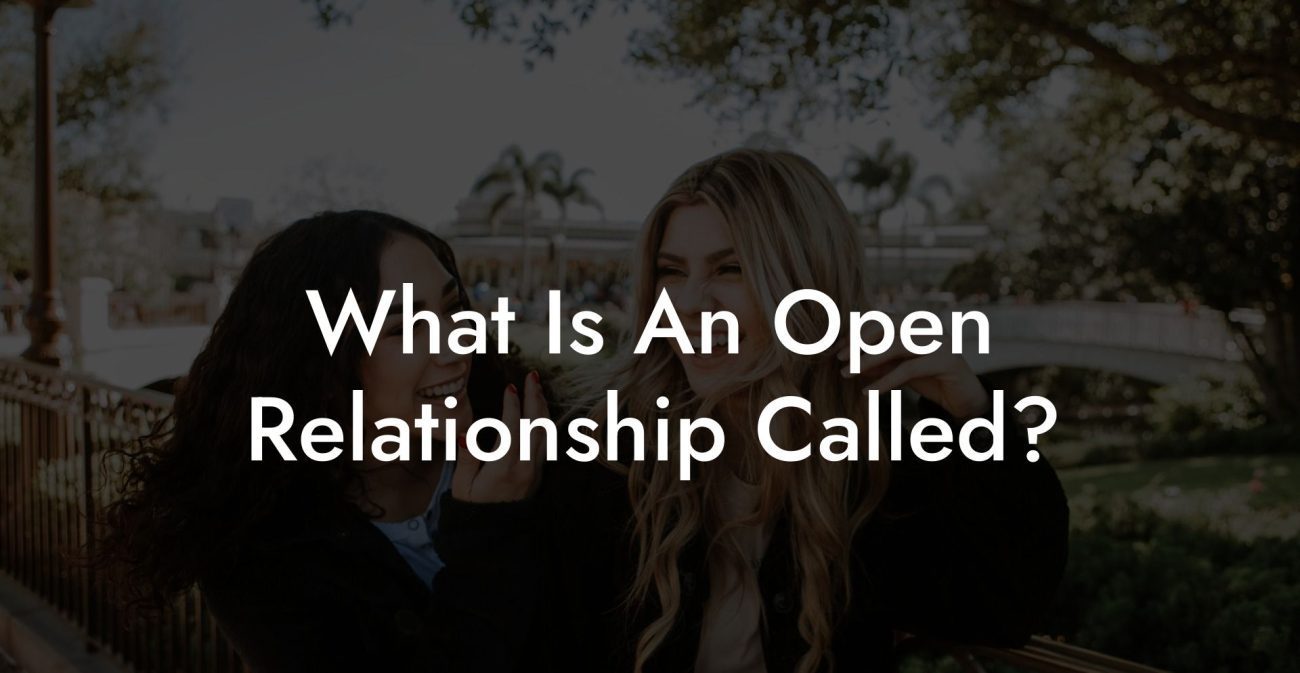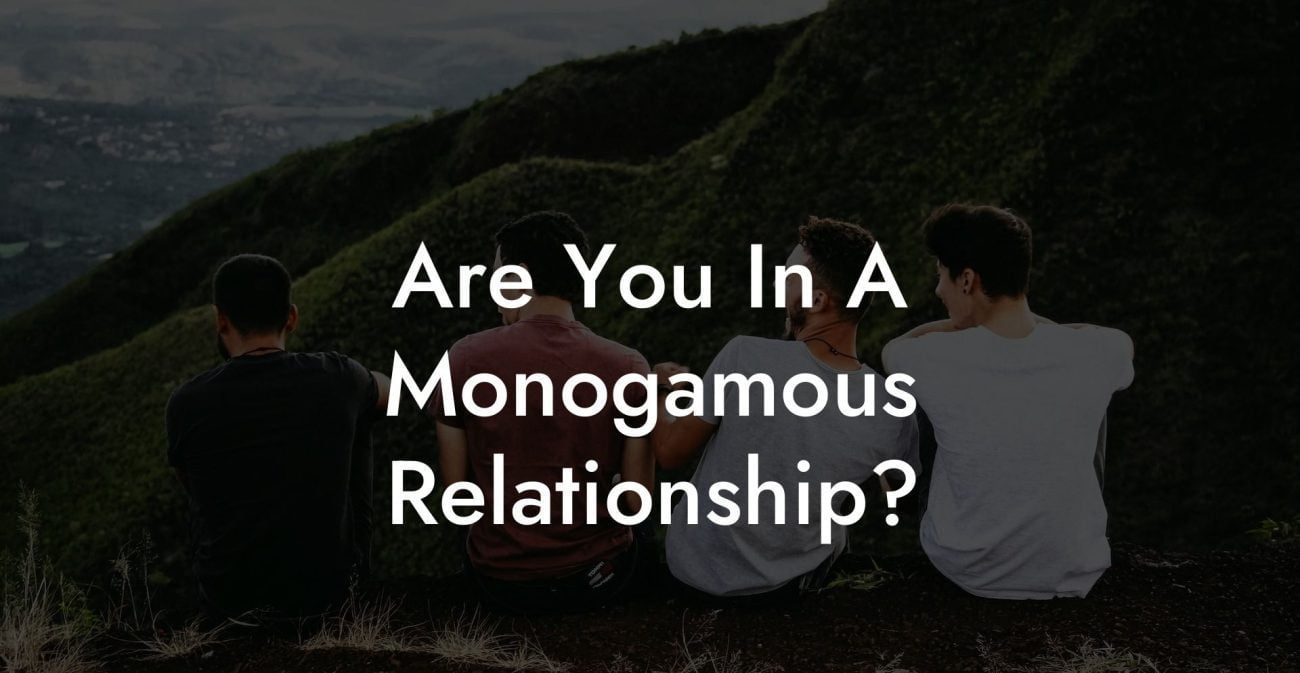Poly dynamic relations, a concept that may seem intimidating or even confusing at first, is an important aspect of non-monogamous and polyamorous relationships. In a world that often idealizes monogamy, it's essential to explore and discuss the possibilities and benefits of other forms of relationships. In this article, we will delve deep into the world of poly dynamic relations, understanding its intricacies and nuances, and finding out how it works. So sit back, relax, and let us embark on this voyage together.
Poly Dynamic Relations Table of Contents
What are Poly Dynamic Relations?
Poly dynamic relations refers to a type of polyamorous relationship in which the connections between people vary in terms of intensity, commitment, and nature. This flexibility allows for a range of experiences and connections, all within a supportive, loving relationship structure.
Characteristics of Poly Dynamic Relations
- Flexibility: People involved in poly dynamic relations are open to a variety of different relationships and experiences, allowing them to explore and grow together.
- Communication: Honest and open communication is vital for maintaining trust, making sure everyone's needs are met and preventing misunderstandings in a poly dynamic relationship.
- Commitment: While the levels of commitment might vary, people in poly dynamic relationships are still devoted to one another and follow the expectations set for their connections.
- Consent: All parties involved in the relationship must agree to each other's boundaries and comfort levels, ensuring a healthy and respectful environment.
- Understanding: People in poly dynamic relations know that emotions and needs may fluctuate from time to time, and they work together to accommodate those changes.
Types of Poly Dynamic Relationships
There are several forms that poly dynamic relations can take, depending on the needs and desires of the individuals involved. Some common types include:
1. Hierarchical Polyamory
This is a polyamorous form where relationships are ranked in terms of importance. Individuals have a primary partner, who is usually the one they are most emotionally connected to, and secondary partners with whom they have less intense connections.
2. Solo Polyamory
Solo poly individuals prioritize their autonomy and independence within relationships. They tend to avoid hierarchical structures and may have multiple partners with whom they form deep emotional and/or physical connections.
3. Fluid-Bonding
In fluid-bonded poly dynamic relationships, individuals might agree to be sexually exclusive with some partners and not with others. This helps manage the risk of sexually transmitted infections while maintaining the flexibility poly relationships offer.
4. Relationship Anarchy
This form of poly dynamic relations focuses on non-hierarchical connections between people. Relationships are fluid and undefined, and individuals prioritize their personal autonomy and independence within the relationship dynamics.
Poly Dynamic Relations Example:
Jane, Alice, and Mark are involved in a poly dynamic relationship. Jane and Alice are closer emotionally and share a committed, hierarchical partnership, where they consider each other as primary partners. Mark is Jane's secondary partner, with their relationship being more focused on physical intimacy and shared hobbies. They openly communicate their needs, boundaries, and desires to ensure everyone is on the same page.
Meanwhile, Alice and Mark have a more casual connection, occasionally spending time together and sharing common interests. As Jane's primary partner, Alice is aware of Jane's connection with Mark and has given them her consent and support. They all understand and respect their relationship structure, communicate openly, and prioritize each other's well-being and happiness.
In conclusion, poly dynamic relations offer a unique and flexible approach to non-monogamous and polyamorous relationships, catering to the diverse needs and desires of individuals involved. By providing a framework based on flexibility, communication, and consent, poly dynamic relations promote understanding, trust, and growth among partners. If this has piqued your interest or you can see the value of these relationship types, please feel free to share this article and explore other guides on The Monogamy Experiment.

